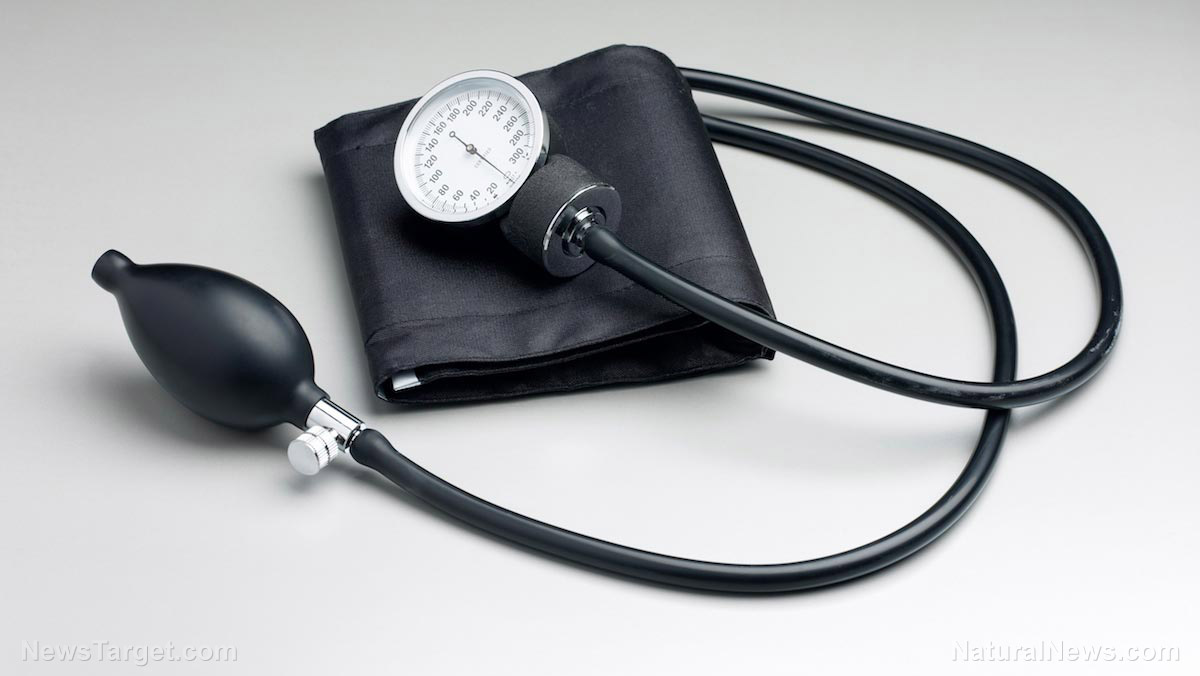Stroke rates rise 42 percent among young men over roughly the last two decades
03/20/2019 / By Bridgette Wilcox

Stroke appears to be on the rise for an alarmingly unexpected demographic: young men. A recent study has found that stroke hospitalization rates among men ages 18 to 44 have been steadily increasing from 1995 to 2012. More specifically, hospitalizations for acute ischemic strokes in particular saw an increase of almost 42 percent among men aged 35 to 44. According to researchers, the increase may be due to the rising prevalence of stroke risk factors among the general population. Common risk factors include high blood pressure, diabetes, and obesity.
The study’s lead author Mary George highlighted the significance of their findings, and underlined the importance of taking appropriate measures to deal with it. “Our results stress the importance of prevention of stroke risk factors in younger adults,” she added. “It is uniquely complex when younger adults in the midst of careers, serving as wage earners and caregivers, may suffer disability that can impact their lives and the lives of family members and loved ones.”
Not just the men
While men display a worrying rise in stroke rates, women have also shown an increasing susceptibility to the disease. From 2003 to 2012, women also showed an increase in hospitalizations due to acute ischemic stroke, with an upsurge of 30 percent within the time period.
According to the National Heart, Lung, and Blood Institute, while men are more likely to get a stroke among the younger demographic, women are more likely to die from it. At the same time, taking birth control pills also slightly add to women’s stroke risk.
Prevention is key
The National Stroke Association defines the disease as a “brain attack” to which anyone is susceptible, regardless of age, gender, or race. A stroke occurs every 40 seconds and kills someone every four minutes, making it the fifth leading cause of death in the U.S. Depending on the type and severity of the stroke, it can also cause many lasting effects – from temporary weakness of limbs to permanent paralysis. This makes stroke the top cause of disability among adults in the United States.
While these figures are sobering, it is also important to note that up to 80 percent of strokes can be prevented – and one doesn’t need to purchase expensive medication or undergo complicated procedure to do so.
Stroke prevention can be as simple as a change in lifestyle. Exercising regularly, maintaining a healthy weight, quitting smoking, and keeping blood pressure in check can all help stop a stroke from happening. Drinking alcohol can also surprisingly help lower risk for stroke, as long as it is done in moderation. Keeping diabetes under control and treating atrial fibrillation (a type of irregular heartbeat) can also help lower stroke risk.
When it comes to stroke prevention, healthcare professionals have stressed the importance of maintaining a healthy diet that is rich in fruits and vegetables. In fact, researchers from China’s Qingdao Municipal Hospital and the Medical College of Qingdao University discovered that a minimal increase in fruit intake can reduce a person’s risk for stroke by 32 percent. These preventative measures can be done by anyone, regardless of age – much like the disease they hope to keep at bay.
Sources include:
Tagged Under: stroke, stroke prevention, Stroke Risks



















